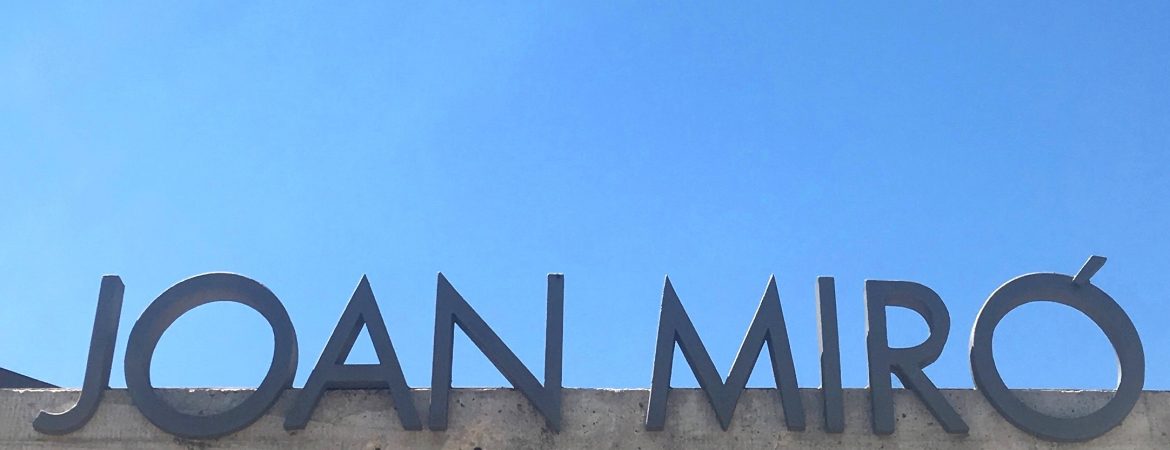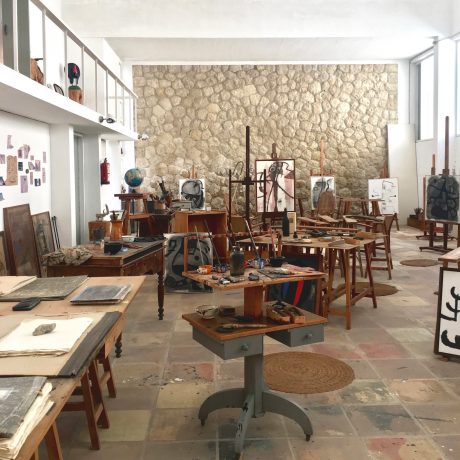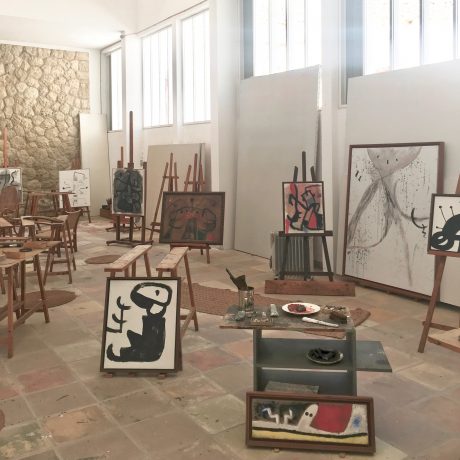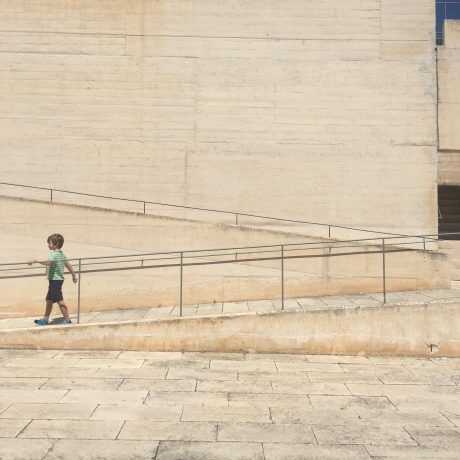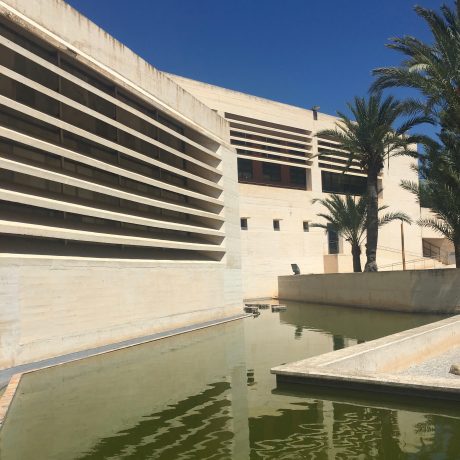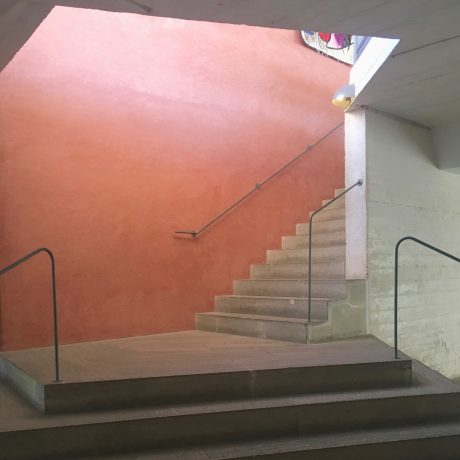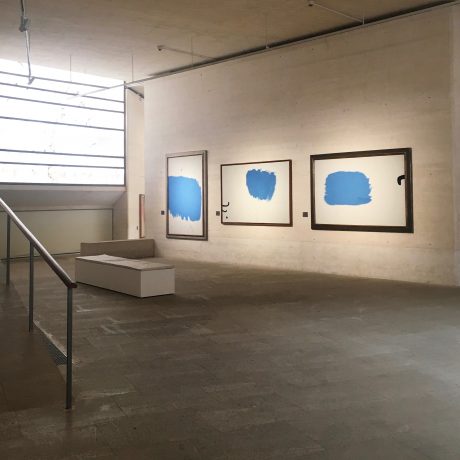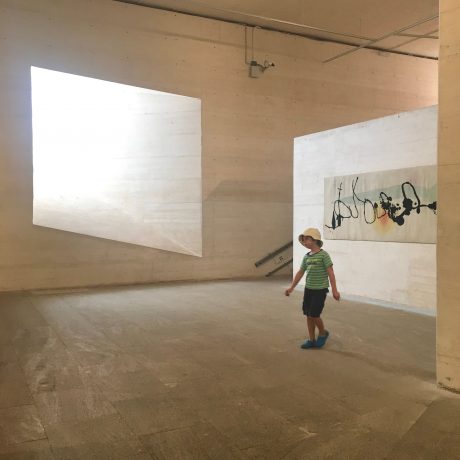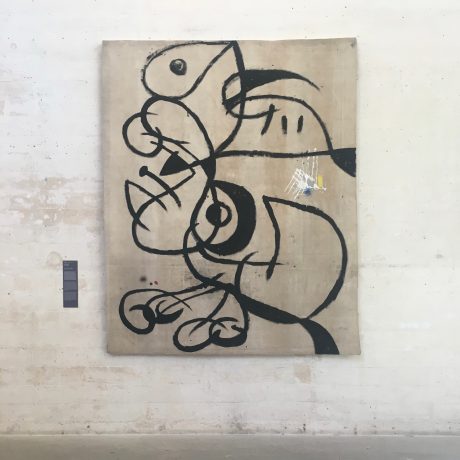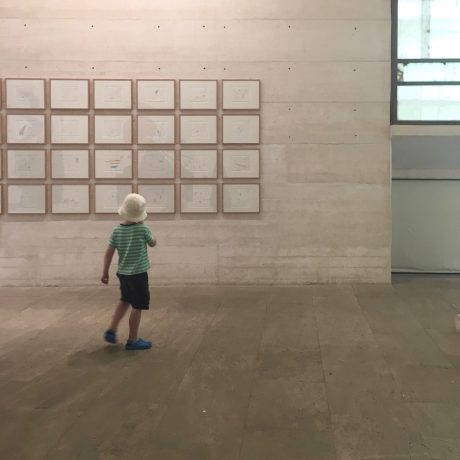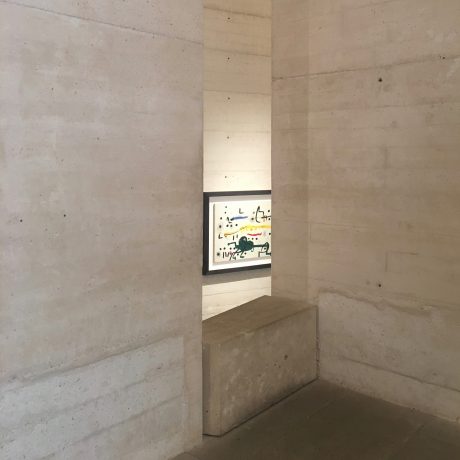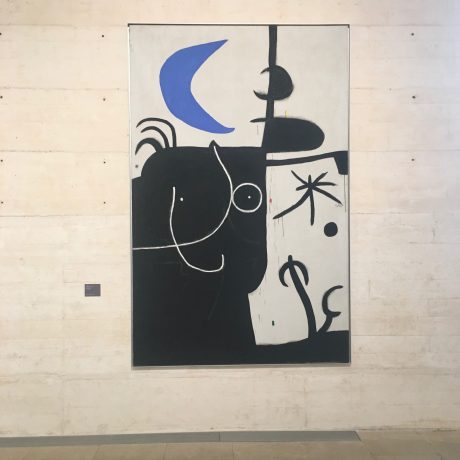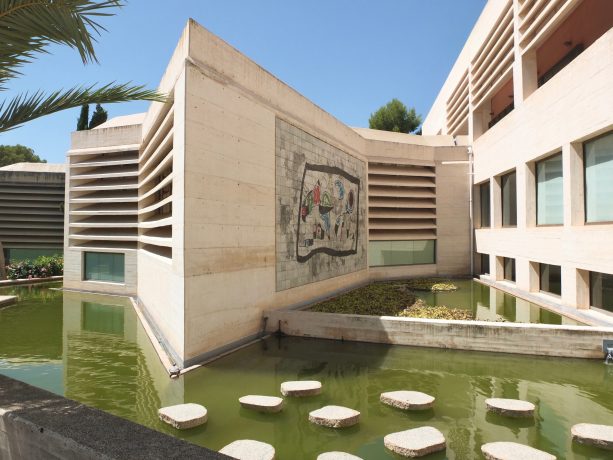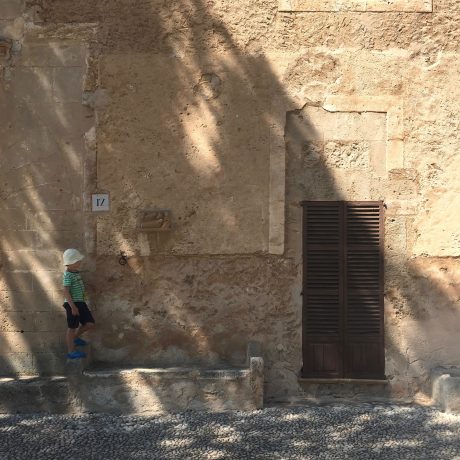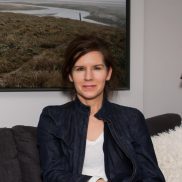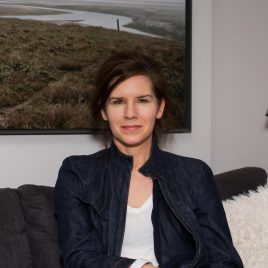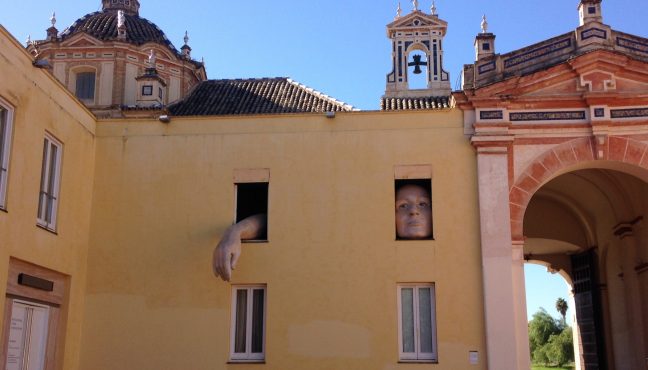In a sublime setting overlooking the sparkling waters of the bay of Palma lies the Fundació Pilar i Joan Miró a Mallorca; the studio, gallery, museum and sculpture garden that was once home to Catalan artist Joan Miró.
It’s not situated somewhere you would simply be passing; it’s a dedicated pilgrimage, but oh, is it worth it. Miro also set up the Fundació Joan Miró in his native city of Barcelona, on a similarly elevated site, as a center for scholarship and art research. But the huddle of buildings in Mallorca is the place he lived and worked for almost 30 years, and his attachment to this landscape was evident in his work. His final years on the island were the most prolific in his artistic career, with one third of all his life’s work produced here, in his two Mallorcan studios: the Sert Studio and Son Boter.
With a career spanning seven decades, Miro produced paintings, sculptures, art books, tapestry and ceramics. He embraced the ideologies of the times - Fauvism, Surrealism, Dada, Cubism, and abstract expressionism. His work was unique, using vivid color and enigmatic strokes, his distinctive symbols and motifs referencing Catalan life as they dance across their two dimensional plane. For me, his work is mesmerizing.
Fundació Miró Mallorca is located in the Cala Major district, where the artist lived and worked from 1956 to 1983. His wife Pilar was a native of Palma, and was responsible for bequeathing the entire estate, its contents and the land to the public. The Fundació comprises three main buildings and a sculpture garden.
Perhaps the most iconic of the buildings is the Sert Studio, designed by his friend, architect Josep Lluís Sert. It was Miro’s dream studio. Top-lit with northern light, it is a delightful modernist building, playful in color and form and utterly fitting for its location; bold colors elevate the concrete forms of the façade and complement the primary blue of the Mediterranean sky. Sert had worked briefly under modernist pioneer Le Corbusier, and became the most prominent Spanish member of the modernist movement. His work merged elements of Le Corbusier's style with his own interpretation of modernism, incorporating the essence of the Mediterranean. The rigorous, geometric forms of the modern movement here are more informal; through a splash of color or a dramatically-set brise-soleil, softening the effect and lessening the austerity typical of other modernist architecture.
As well as Miro’s studio, Sert designed a house for the painter Georges Braque in Saint-Paul-de-Vence, along with the fabulous Maeght Foundation. He was also responsible for the larger Fundació Joan Miró in Barcelona. The collaboration between the artist and the architect creates a dialogue between the works and the spaces that house them, in both of these very special museums.
Joan Miró’s studios did not provide sufficient space or the right setting to show the collection he bequeathed to the public, so a further building acts as the Fundació’s headquarters; where art and architecture have been deftly integrated. This is the main space, and the place one arrives at first in the complex. The Moneo Buildings comprise a museum and exhibition spaces showing the Foundation’s collection of works by Miró, as well as hosting temporary exhibitions devoted primarily to young artists, a library, auditorium, shop and café.
The buildings, designed by Spanish architect Rafael Moneo, are intended to be inward looking and somewhat fortress-like (The architect was allegedly dismayed by the ugly urban developments of the surrounding suburb, and wanted to conceal the visitor from the hostile environment beyond). Angular and linear - contrasting significantly from Sert’s organic forms - the buildings are formed of pale, béton bute concrete. Light filters through the outer concrete walls via brise-soleil and internally, translucent alabaster panels filter the light coming in, the effect lightening the heavy walls into weightless screens. Low-level, obtusely shaped windows connect the inside with outside, where a garden of Miró's sculptures appear with the dense local vegetation. Moat-like pools of water recall the sea beyond.
The final building, reached via a winding pathway higher into the hill, is Son Boter. An 18th century, typical rural Mallorcan house, Miro purchased the building in 1959 with the prize money of the Guggenheim International Award, given to him for the creation of the Wall of the Moon and Wall of the Sun for the Paris UNESCO building. This became his second studio, a place used to work on very large paintings and sketches for sculptures. Here, as with the Sert Studio, the spaces have been left as the artist would have left them, his painting materials seemingly poised in anticipation of another day’s work.
The museum is closed due to Covid-19, but on the Fundació Miró Barcelona website, you can find Miró at Home - projects for people of all ages, with videos, on-line activities, readings, a playlist. #Miróathome
